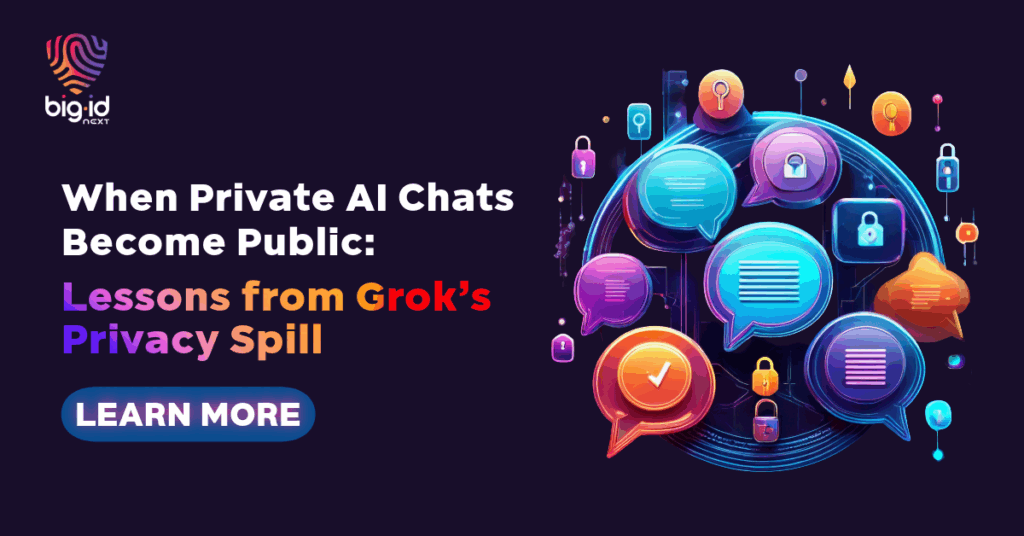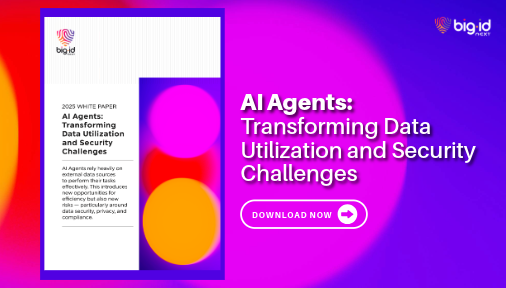Chacun sait qu'un thérapeute ne peut divulguer les détails, les expériences et les pensées d'un patient sans son consentement. Imaginez donc partager ce que vous pensiez être une conversation privée avec votre thérapeute, pour découvrir qu'elle est consultable sur Google, Bing ou DuckDuckGo. C'est un peu ce qui s'est passé avec la conversation d'Elon Musk. Grok, le chatbot IA de xAI. On estime que 370 000 conversations privées ont été publiées accidentellement, dont des contenus profondément alarmants. Des passages précis proposaient des instructions pour la fabrication de bombes, la production de drogue et même un complot d'assassinat, le tout indexé pour que chacun puisse les trouver.
Cet incident met en évidence une persistance angle mort dans la conception de l'IA: des fonctionnalités conçues pour la commodité, comme le bouton « Partager » de Grok, peuvent brouiller dangereusement la frontière entre données privées et publiques. Les utilisateurs pensaient partager leurs transcriptions en toute sécurité avec leurs amis, et non les diffuser au monde entier. De plus, face à ce constat, les marketeurs ont commencé à exploiter cette visibilité, ce qui ne fait qu'amplifier le risque.
Et ce n'est pas un cas isolé. Des défaillances similaires ont déjà sévi ChatGPT et Méta IA, démontrant que le problème ne réside pas seulement dans l'éthique de conception « avant-gardiste », mais dans une faiblesse plus large des systèmes d'IA où la confidentialité des utilisateurs est devenue une réflexion après coup.
Une crise pour l'adoption de l'IA
La fuite de données de Grok n'est pas seulement une erreur de communication. C'est une crise de confiance pour Adoption de l'IALes utilisateurs s'attendent à la confidentialité de leurs interactions avec les assistants IA. Lorsque cette confiance est rompue, les atteintes à la réputation se répercutent sur des secteurs déjà réticents à déployer l'IA générative dans des environnements sensibles.
Pour couronner le tout, il ne s’agit pas seulement d’un mauvais comportement dans les journaux ; il s’agit également d’un contrôle réglementaire. L'autorité irlandaise de protection des données enquête sur xAI pour une éventuelle utilisation abusive des données des utilisateurs de l'UE pour former le bot, le tout sous l'œil vigilant du RGPD.
Pour les régulateurs, cela confirme les inquiétudes croissantes concernant la gouvernance et la surveillance de l'IA. Les autorités enquêtent sur xAI pour mauvaise gestion des données de l'UE, et de nouveaux cadres réglementaires, comme le RMF de l'IA du NIST et ISO/CEI 42001 En mettant précisément l’accent sur ces types de risques, tels que les flux de données incontrôlés, l’IA fantôme et l’exposition incontrôlée de tiers, la nécessité d’une gouvernance solide est évidente.
Stratégies de lutte contre les risques liés à la confidentialité des données de l'IA
Pour éviter un désastre de confidentialité de type Grok, les organisations doivent adopter une approche multicouche de la gouvernance de l'IA. Les organisations devraient adopter les stratégies clés suivantes :
Confidentialité dès la conception dans les fonctionnalités de l'IA
Mettre en œuvre les principes de confidentialité dès la conception, en commençant par la protection de la confidentialité par défaut, en exigeant un consentement explicite et en protégeant le contenu généré par l'IA contre l'indexation.
Découverte et surveillance des données
Mettre en œuvre une approche continue découverte et surveillance pour garantir que chaque flux de données entrant et sortant des modèles d'IA, y compris l'utilisation de l'IA fantôme, soit classé, catalogué et surveillé pour détecter tout accès inhabituel aux données, tout partage excessif ou toute indexation non autorisée.
Contrôles d'accès et rédaction rigoureux
Limiter qui peut accéder Les journaux de conversation de l'IA appliquent la rédaction, la tokenisation et le masquage en temps réel des données sensibles dans les transcriptions.
Évaluations des risques liés à l'IA des tiers et des fournisseurs
Évaluer les fournisseurs pour détecter les défauts de conception de sécurité. Exiger des examens périodiques des risques spécifiques à l’IA et des preuves de conformité avec des cadres tels que le NIST AI RMF.
Manuels de réponse aux incidents pour l'IA
Exécutez des manuels de réponse aux incidents spécifiques à l'IA pour permettre aux équipes de détecter, de contenir et d'avertir rapidement les utilisateurs concernés, réduisant ainsi à la fois l'exposition et les dommages à la réputation.
Comment BigID Next contribue à sécuriser les pipelines de données d'IA
BigID Next adopte une approche innovante qui permet aux organisations d’emprunter la voie proactive en intégrant la confiance dans les systèmes d’IA, en prévenant les fuites coûteuses et en restant alignées sur les nouveaux cadres de gestion des risques de l’IA.
Pour éviter que votre organisation ne devienne le cas édifiant suivant, voici comment BigID Next peut vous aider à transformer l'IA privée en un actif protégé :
- Découverte et classification des données d'IA : Identifiez les données sensibles dans les ensembles de formation, les invites et les sorties, y compris les PII, PHI ou IP, avant qu'elles ne soient exposées.
- Appliquer les politiques d’utilisation de l’IA : Mettre en œuvre des contrôles pour bloquer ou signaler le partage de données à risque, empêchant ainsi l’exposition involontaire de contenu sensible ou réglementé.
- Cartographie des flux de données : Visualisez comment le contenu généré par l'IA se déplace dans les systèmes et détectez quand il quitte les limites prévues.
- Flux de travail relatifs au consentement et à la confidentialité : Créez des flux de travail qui recueillent le consentement des utilisateurs et garantissent que les utilisateurs sont correctement informés de l’utilisation de l’IA.
- Évaluations des risques liés à l'IA des fournisseurs : Évaluez les fournisseurs d’IA externes et les applications tierces par rapport à des cadres tels que NIST AI RMF et ISO 42001.
- Réponse aux incidents d'IA : Accélérez l’analyse des violations, les notifications des personnes concernées et les rapports réglementaires grâce à des flux de travail intégrés.
Réflexions finales
La faille de Grok n'est pas due à une mauvaise IA. C'est le signe d'une gouvernance défaillante qui éclipse l'innovation technologique. À mesure que l'IA devient omniprésente, les concepteurs et les ingénieurs ne peuvent plus considérer la confidentialité comme une option, surtout lorsque du contenu « privé » atteint involontairement la scène mondiale.
BigID Permet aux organisations d'être vigilantes, et non réactives, en intégrant la visibilité, les politiques et la protection des données au cœur de chaque interaction avec l'IA. Il ne s'agit pas seulement de réparer les fuites a posteriori ; il s'agit de concevoir des systèmes qui empêchent les fuites de se produire.
Demandez une démo aujourd'hui pour voir comment BigID contribue à sécuriser l’innovation en matière d’IA.


